Summaries
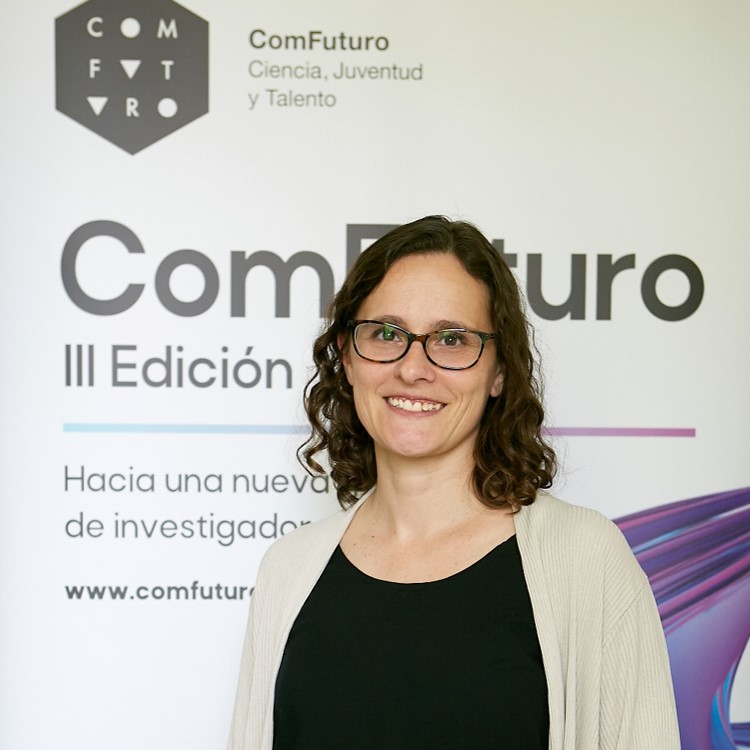
The complexity of animals astounds us all, and rightly so. Animals are amazing in many ways, behaviourally, morphologically and genetically. But how multicellular animals evolved from their unicellular ancestors remains a mystery. The REGULOMICS project proposes to use genetic tools to study how cell genes are regulated, turned on and off in those single-celled organisms, in order to understand their evolution into more complex multicellular forms. The results obtained will make an important contribution to biology and other related disciplines, such as genomics, evolutionary biology, microbiology and cell biology. In addition, this knowledge of the origin of gene regulatory networks will provide important clues to the causes of human diseases, such as cancer, which are directly related to multicellularity.
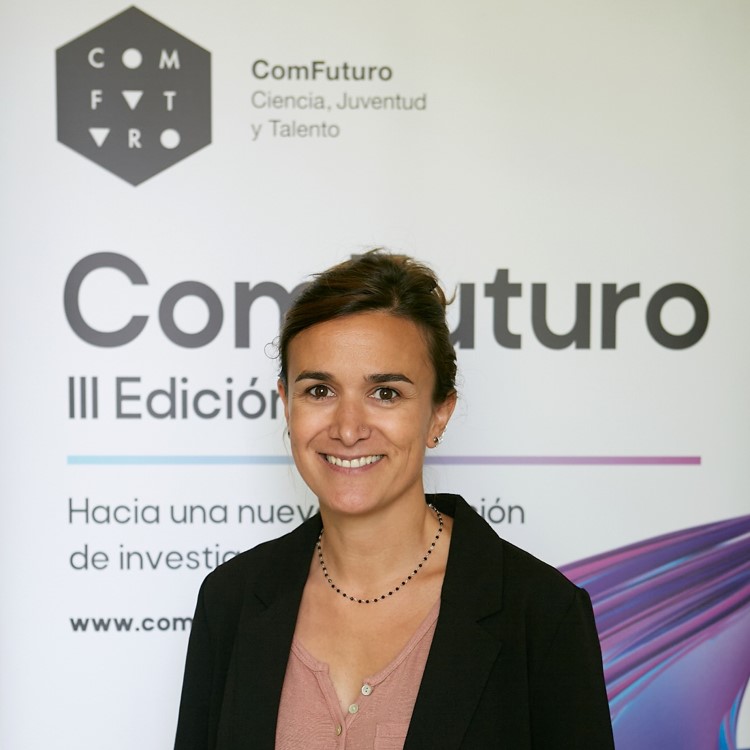
Plastics are ubiquitous in our daily lives, but their high persistence and degradation into microplastics make them a major environmental threat. Alternatively, bioplastics, biodegradable by microorganisms or produced from biomass, have been developed, although the impact of their increased use on the environment is still unknown. The BioPlastEffect project aims to explore and provide new knowledge on the effects and decomposition of bioplastics in freshwater ecosystems under current and future global change conditions. The results will be used to assess, predict and mitigate the effects of bioplastics on river ecosystems and water quality. Beyond the scientific scope, they will provide new and relevant information for the production and regulation of these materials, with the ultimate goal of making them a real alternative to conventional plastics.
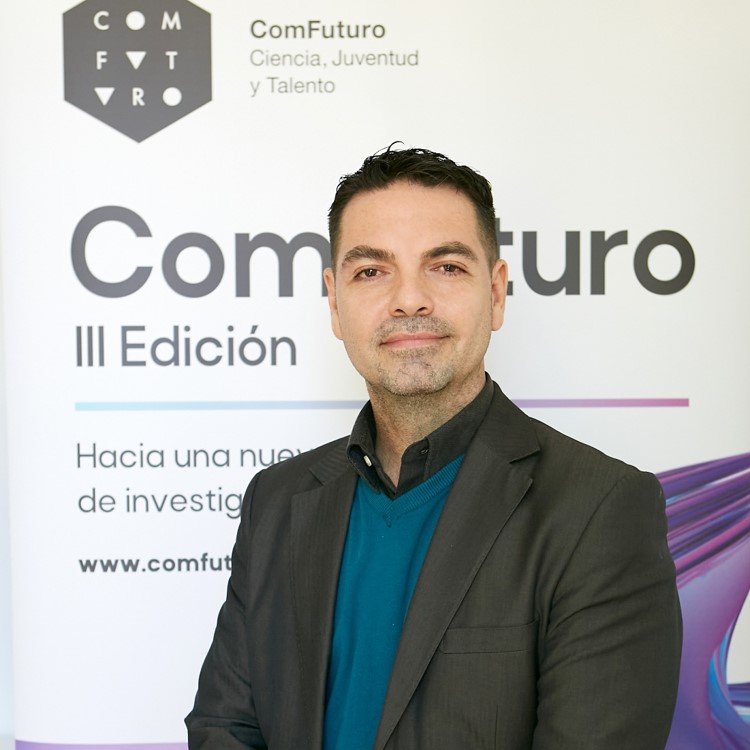
Carbon dioxide (CO2) is widely accepted as the main responsible for the greenhouse effect that causes the increase in the global temperature of the planet. The SUNAPPLIGHT project proposes to develop a novel nanomaterial capable of capturing and activating hydrogen and CO2 and converting them to methanol using sunlight. This method, inspired by the natural process of photosynthesis, offers a feasible and scalable solution to produce methanol, whose potential as a biofuel would contribute to significantly reduce carbon emissions into the environment. SUNAPPLIGHT represents a green and sustainable solution that can contribute to addressing climate change.
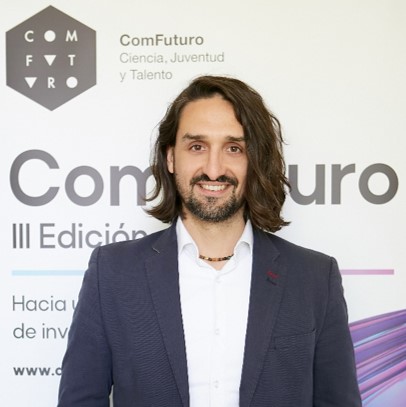
Among the most important challenges in volcanology is understanding the factors that increase the explosiveness of volcanic eruptions, such as the presence of groundwater. The ClimeErupt project aims to improve the understanding of volcanic hazards by studying future hydrogeological conditions that may occur due to global warming. It is a new approach to how climate emergence may change aquifers and, consequently, modify the behaviour of volcanoes. Ultimately, the aim is to develop a new tool for forecasting eruptions in which magma and water interact under the effects of climate change and thus be useful for managing and improving the resilience of societies in active volcanic regions.
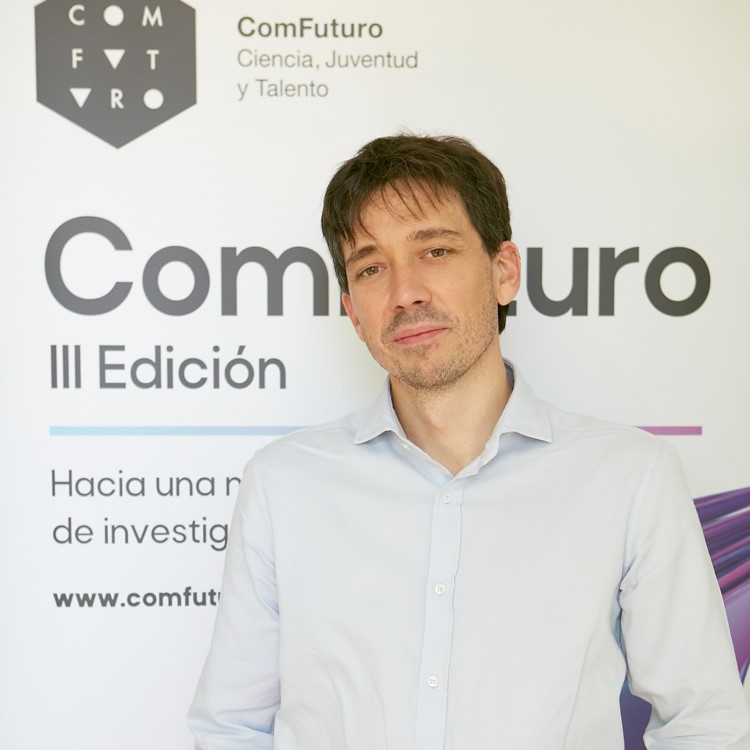
The RELAY project aims to contribute to unlocking the enormous industrial potential of lignin, a waste biopolymer massively generated in agriculture and other activities, which is under-utilised despite its high potential to produce value-added chemicals. The project aims to generate new biocatalysts based on yeasts (organisms that can be easily genetically manipulated to act as cell factories), capable of integrating several steps of lignin revalorisation: its depolymerisation followed by the production of molecules that ultimately serve to generate bioplastics in a more sustainable way. In addition, the first steps will be taken towards industrial scale-up. This project therefore represents a novel biotechnological approach to recycling lignin waste, thus contributing to a circular economy model.
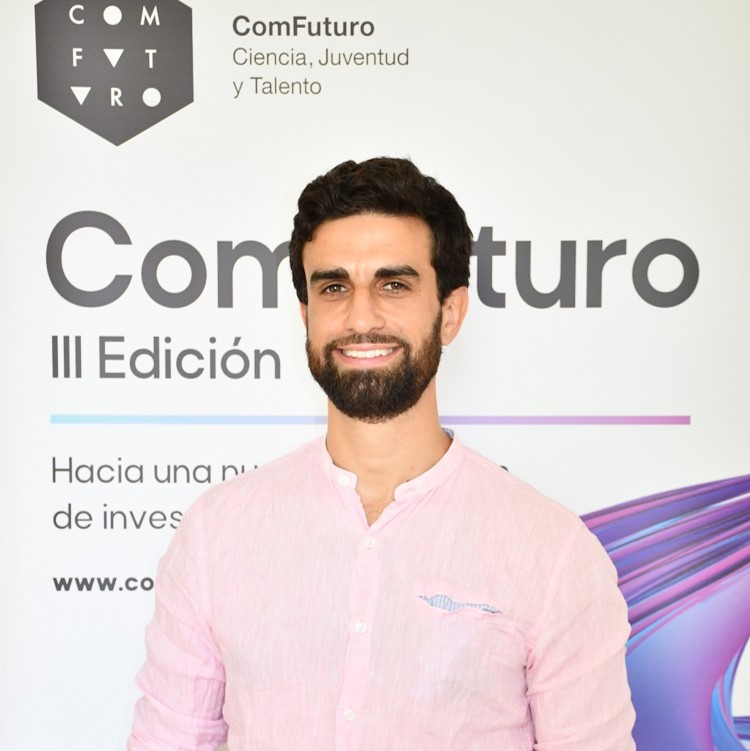
PROPERTY AND CLASS seeks to shed light on the historical roots of redistributive conflicts and the antagonistic political positions of the left and the right. To this end, the project will study the legacy of the Reconquest in Catalonia between the VIII and XII centuries and the different levels of inequality in land ownership it produced in order to explain patterns of political conflict since the beginning of the XX century. The results, which will locate the origin of the current political differences between the right and the left in a process, the Reconquest, which occurred more than a thousand years ago, will facilitate understanding between the different parties involved, revealing the historical roots of their political positions. They may also serve as a stimulus for other research that seeks to reveal the historical basis of contemporary redistributive conflicts.
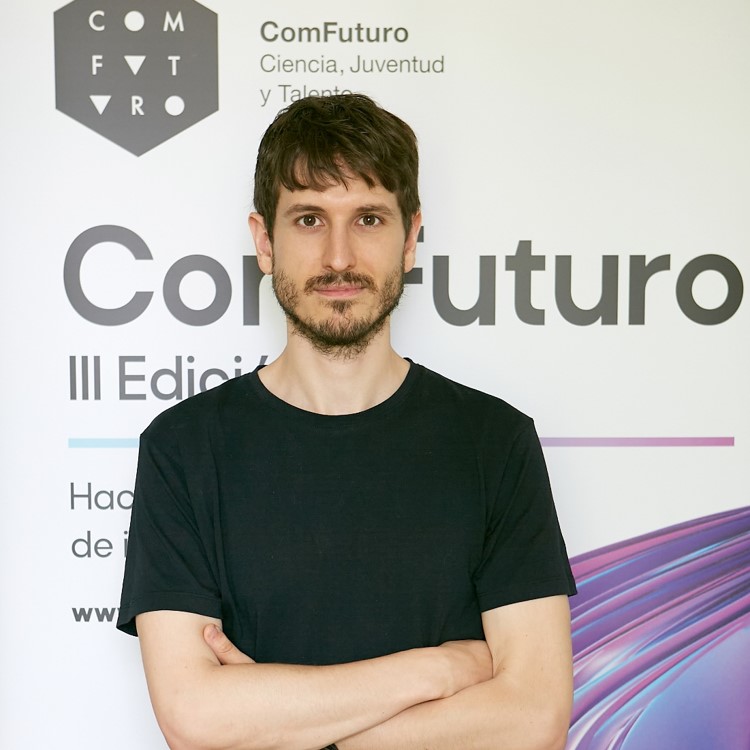
Quantum computing has enormous potential to impact areas such as chemistry and cybersecurity. However, the real potential of quantum computers will only be achieved when the number of cubits they use, which are the fundamental unit of information in quantum computers, can be scaled up efficiently. A large-scale quantum computer would require thousands of these units, which in turn would require large amounts of energy to operate, which is why it is essential to find optimal scaling platforms and methods. The QScaleUp project focuses on investigating a particular type of quantum processor platform, one based on the manipulation of spin cubits in semiconductors, which significantly reduces the power requirements for manipulation and, potentially, cooling. This gives it clear advantages as a scalable and energy-efficient platform in the development of powerful and sustainable quantum computers.
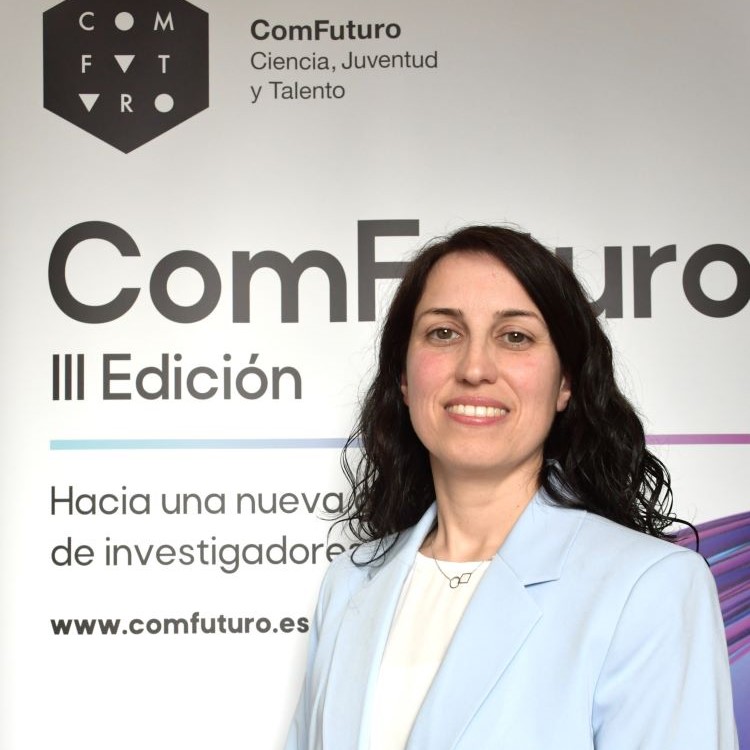
Human populations are exposed to thousands of chemicals in their daily life, resulting in a low level, yet chronic exposure through time. Of particular concern are endocrine disrupting chemicals, which may pose an increased health risk, specially in vulnerable population groups such as pregnant women, newborns and children. ExpoMassDat aims to develop an innovative tool based on the combination of analytical and computational methodologies. This tool will allow to account for the simultaneous exposures to certain critical chemical compounds and to evaluate the human health risks.
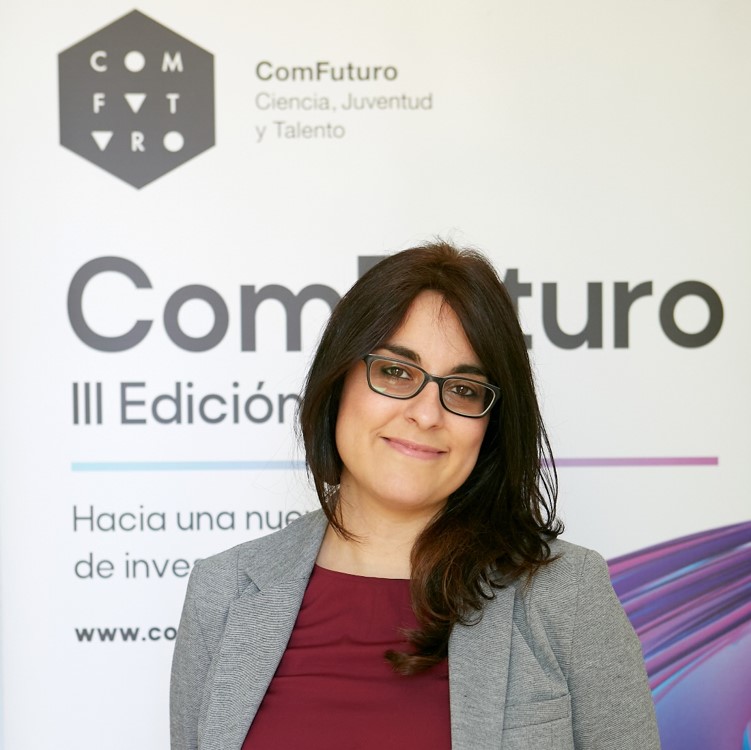
The AUSTANDING project proposes the design and additive manufacturing of a new stainless steel with special characteristics that possesses the right combination of strength, ductility and toughness while maintaining high levels of corrosion resistance. This innovative manufacturing process, based on layer-by-layer 3D printing, enables the production of steel parts with the aforementioned high performance and complex geometries that could not be achieved until now, which will be applied to the production of next-generation heat exchangers, devices widely used and demanded by multiple industrial sectors. The nature of the processes used in the manufacture of this steel will contribute to moving towards a zero net carbon steel industry model. On the other hand, as it is a manufacturing process that seeks materials with the simplest possible chemical composition and minimises the use of scarce metals, the project fulfils the mission of the circular economy.
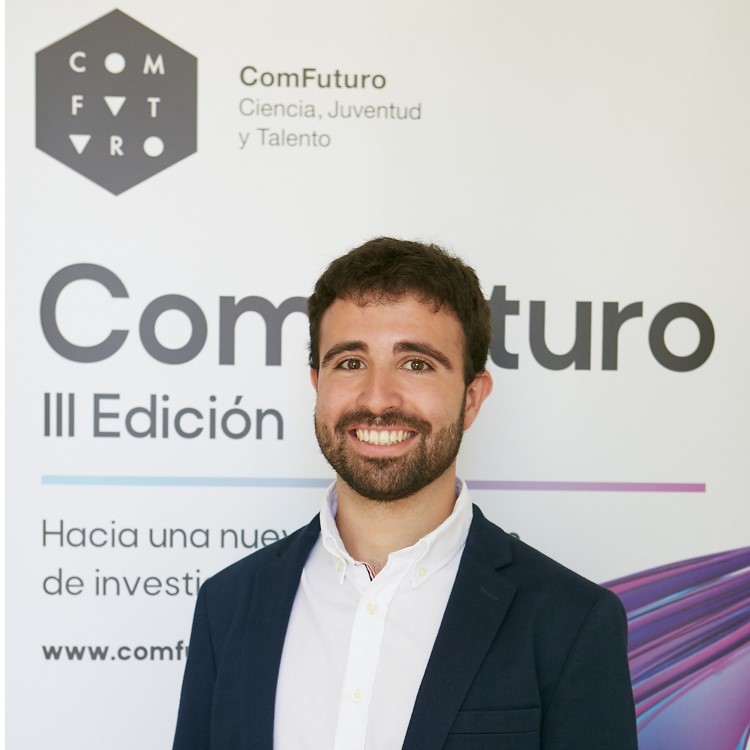
Quantum computing is expected to solve problems that are intractable with today’s most powerful supercomputers, and bring disruptive breakthroughs in such important areas as artificial intelligence, cybersecurity, pharmacology or finance. However, quantum computers capable of solving these problems are not yet available. The main obstacle is decoherence, i.e. the loss of information due to imperfect control or interaction between the quantum processor and its environment. As a result, existing quantum computers are small in size and lack error correction protocols. The VaQOS project will attempt to unblock this situation by studying more efficient variational quantum optical quantum simulators. The advantages of these systems will be exploited to propose new designs for quantum technologies that offer greater resilience to noise and decoherence so that in the long term quantum computers can scale in size and implement error-correcting algorithms.
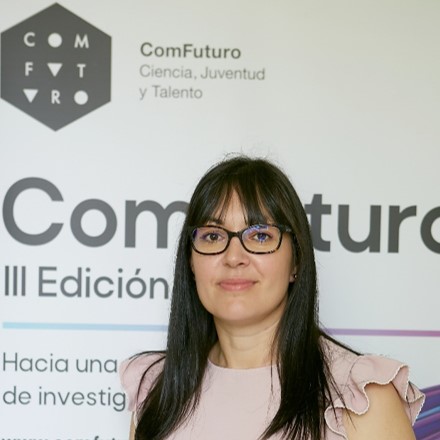
Occasionally, some tumour cells undergo a type of cell death, known as immunogenic cell death, which is capable of activating an immune system response against the tumour, eliminating it. This process, recently described and still very unknown, but with great potential for application as a therapy against cancer, is what the CRYOINNGENIC project aims to study. The proposal consists of approaching the study of immunogenic cell death from a structural point of view, using correlative optical-electron cryomicroscopy, a revolutionary type of electron microscopy that makes it possible to observe biological structures in a state very close to how they would be found in nature. Thus, based on the understanding of the structural changes that occur in both immune system cells and tumour cells during the aforementioned cell death, the aim is to develop a drug capable of inducing this process in tumour cells, for application in immunotherapy treatments aimed at cancer patients.

The molecular basis of many diseases remains unclear to this day. Protein-protein or protein-carbohydrate interactions are key processes in many biological processes and their dysregulation is at the origin of many pathologies, making them promising therapeutic targets. The aim of the TEMPLAPEPT project is to develop a novel technology that will serve as a platform for the precise study of these interactions at the molecular level, which is a major challenge in biological chemistry. In the long term, this methodology will provide access to functional materials with diverse biological applications and generate valuable knowledge for the development of new drugs and diagnostic techniques.
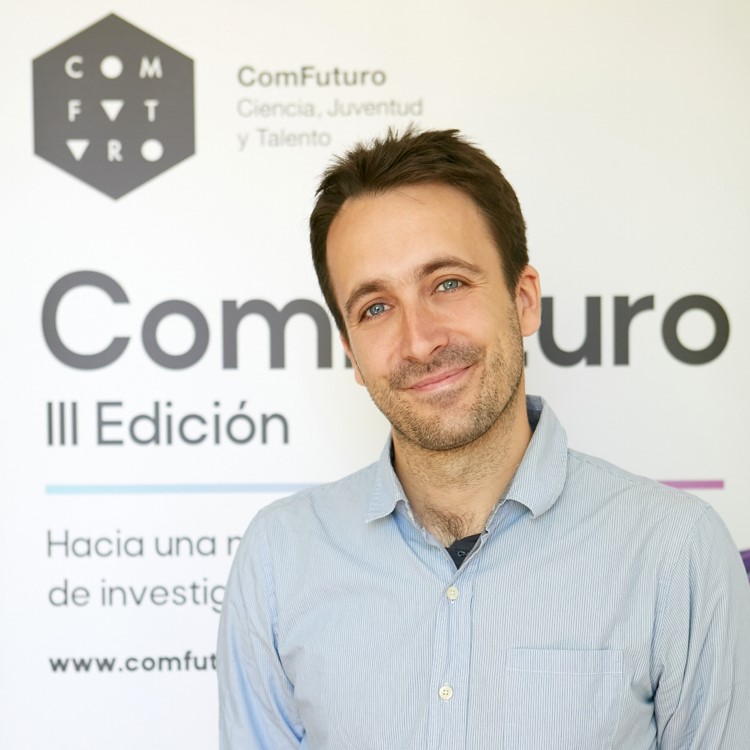
Working with historic structures requires finding a balance between respecting heritage conservation principles and ensuring structural safety. The S-RAY project aims to develop new non-destructive assessment systems (equipment, methods and software) capable of providing a 3D digital reconstruction of the interior of masonry elements. The tools generated will provide essential data to make informed decisions on possible conservation or structural reinforcement measures, and will therefore be of great use to various professionals in the field of heritage conservation: from architects and engineers, to help in the design of a structural intervention, to archaeologists and specialists in the virtualisation of built heritage.

Hydrogen is a perfect fuel as its combustion does not emit greenhouse gases, such as CO2 , but only water vapour. When its production is carried out by means of an electrochemical process (electrolysis) capable of breaking down water molecules into hydrogen and oxygen (which would be the only by-product) using electricity from renewable sources, then we are talking about green hydrogen, a key element in the decarbonisation of the economy. However, there is still a need to develop electrolysers capable of operating in industrially advantageous conditions, especially in acidic environments, and which do not require a high use of scarce noble metals such as platinum and iridium. The NHEMOE project seeks to identify new materials, namely high entropy materials, which are more stable and economical by reducing their noble metal concentration, and which can be used in industrial-scale electrolysers.
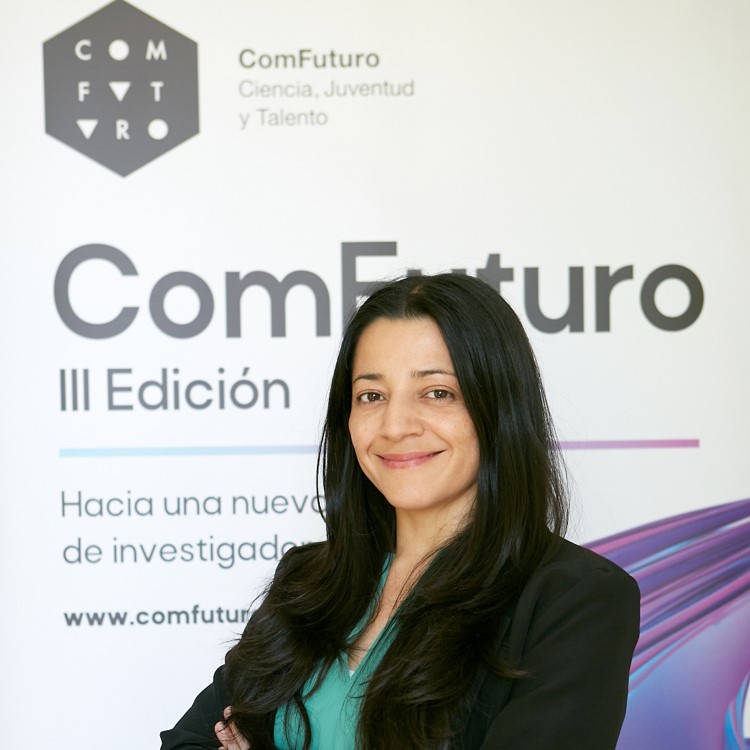
All living organisms resort to the elimination of cells as part of their natural cycle. This process known as “programmed cell death” is activated to maintain the overall health of the organism as it is used by the body to get rid of excess, old or defective cells. Cancer breaks the balance and allows defective cells to survive, multiply and form tumours. The PRODECANTHER project will use the fruit fly as a complete animal model, widely used for the study of cancer development, together with innovative genetic and molecular tools, to understand how and when programmed cell death is activated or evaded in cancer-initiating cells. Its ultimate goal is to contribute to generating effective strategies to eradicate tumours more safely, efficiently and durably by personalising therapies capable of stimulating the body’s cell death programmes in tumour cells.
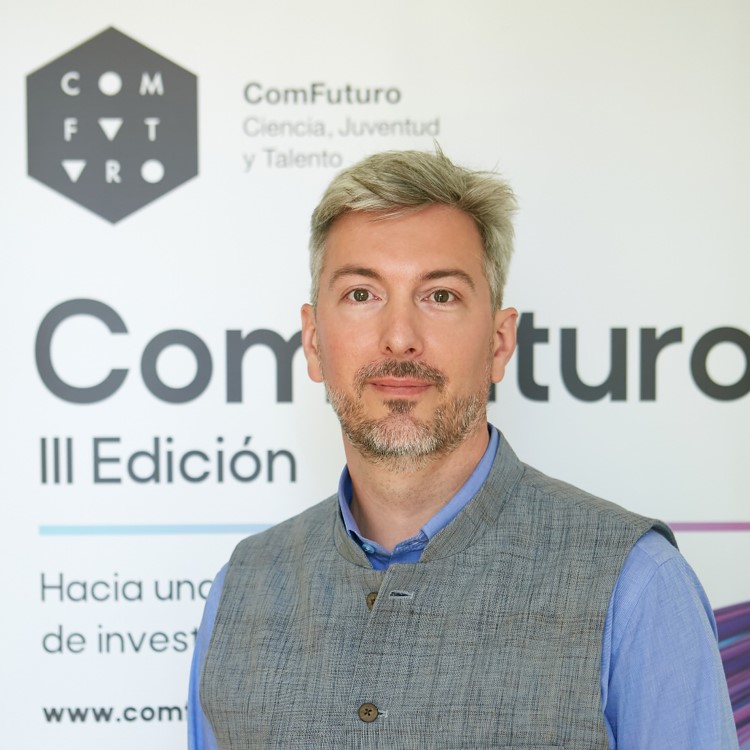
Each external signal or stimulus perceived by a living organism is processed in the cell as a dynamic cascade of macromolecules that interact and change to provide an appropriate response. Due to the high concentration of biomolecules in the biological environment in which these processes occur, tracking molecules at the individual level to understand how they function and behave remains one of the main challenges in biotechnology. The START2CROSS project aims to provide a tool to extract information from an individual molecule by connecting to it a photonic antenna that, like conventional antennas, will work by sending and receiving information. This photonic antenna will act as an ultra-sensitive sensor capable of probing what is happening in the real physiological environment of that individual molecule, which will be a breakthrough in enabling the design of diagnostic devices, given that most known diseases are caused by alterations in the interaction and transmission of signals between molecules.